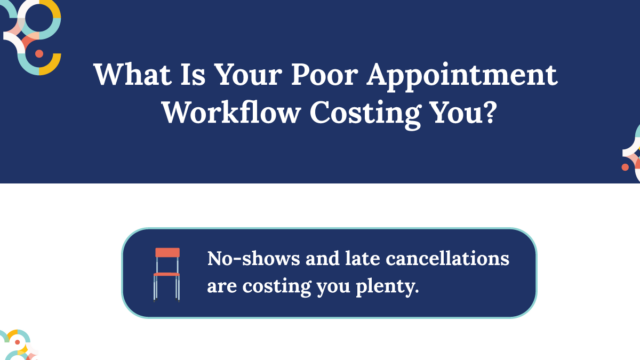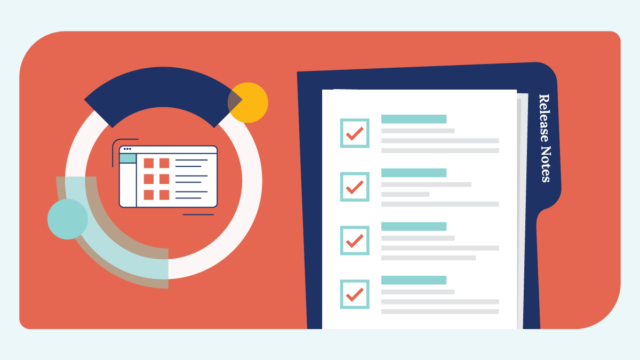If your front desk feels more like a traffic jam than a welcome area, you’re not alone. For many healthcare practices, the waiting room isn’t just where patients sit—it’s where delays begin. Outdated check-in processes like clipboards, paper forms, and verbal sign-ins create unnecessary friction that slows down your entire day. The result? Overwhelmed staff, backed-up schedules, and frustrated patients.
Let’s explore how manual check-in creates hidden inefficiencies—and how modern, automated tools can help your practice run smoother, see more patients, and deliver a more professional patient experience.
Why is manual check-in still slowing us down?
Manual check-in takes time—and time adds up. Patients typically spend 15–20 minutes at the front desk filling out paperwork and verifying their information. Meanwhile, your staff is juggling incoming phone calls, data entry, insurance checks, and interruptions. It’s a recipe for stress, errors, and bottlenecks.
Key pain points of manual check-in include:
- Time-consuming intake: Each patient visit starts with several minutes of paperwork and back-and-forth.
- Staff overload: Front-desk teams are stretched thin, balancing intake, phones, and administrative tasks.
- Data duplication and errors: Patients often repeat information across forms, increasing the risk of transcription errors.
- Delays in clinical flow: When intake is incomplete or missing, nurse triage and provider appointments are delayed.
How does check-in impact the patient experience?
The patient journey starts before the provider ever enters the room. A long or confusing manual check-in process sends a message—whether you mean it or not. On average, patients wait over 18 minutes before they even see their provider, and research shows that satisfaction declines when wait times stretch beyond 20 minutes.
But the real problem is what that wait leads to:
- 68% of patients say wait times at their provider’s office are unreasonable.
- 30% of patients have walked out of a practice due to extended waiting room stays.
- 1 in 5 patients report switching doctors because of long wait times.
When patients feel forgotten or delayed, it impacts their perception of care. Even when the clinical experience is strong, the damage may already be done at check-in. First impressions shape satisfaction scores, online reviews, and whether patients return for follow-ups.
What are the hidden costs of manual processes?
It’s not just about time—it’s about productivity, revenue, and workflow. If you lose 10 minutes per patient due to manual check-in, a 25-patient day can cost your practice more than four hours of valuable staff time. That’s time you could be using to schedule more appointments, follow up with patients, or support providers.
Manual check-in also contributes to the healthcare industry’s broader administrative waste problem. According to the Journal of the American Medical Association, administrative costs account for 15–25% of all U.S. healthcare spending, totaling $600 billion to $1 trillion annually. Paper-based processes, like intake forms and manual documentation, are a major part of that burden.
How can check-in technology streamline your workflow?
Modern check-in technology isn’t just a convenience—it’s a workflow transformation. With tools like Patient Check-In and Digital Intake on the Solutionreach platform, practices can eliminate common bottlenecks, save time, and create a more professional, patient-friendly experience from the moment someone arrives.
Here’s how Solutionreach’s check-in technology works to streamline your day:
- Automated arrival messages: Patients receive a text or email prompt at a configured time when they arrive for their appointment—no more waiting in line to be acknowledged.
- Touch-free check-in with a simple response: Patients can reply “Here” via text to check in, or scan a QR code at the front desk—fast, simple, and no clipboard required.
- Digital delivery of intake packets: As soon as the patient checks in, any outstanding intake forms associated with their appointment are automatically delivered to them, ensuring all information is collected and reducing the need for manual follow-up.
- Take Action Calendar updates: Staff are notified of patient check-ins via real-time calendar alerts, so they can prep rooms and keep providers on schedule.
- Two-way texting notifications: Internal staff receive immediate alerts through the platform’s texting feature, providing visibility into patient flow without constant check-in calls or manual coordination.
- Eliminates repetitive admin work: Your front desk team no longer has to manually manage form handouts, check-ins, or data entry. Instead, they can focus on high-value patient interactions and time-sensitive operational needs.
With Solutionreach, you’re not just digitizing your check-in—you’re rethinking how your day flows. That means fewer delays, more appointments completed on time, and a smoother experience for everyone involved.
What real impact can we expect from smarter check-in?
Let’s break it down. With smart check-in:
- Check-in time drops from 15–20 minutes to near zero for staff
- Staff burden is reduced significantly—no more chasing forms or retyping patient data
- Patient wait time shrinks, improving satisfaction and reducing stress
- Daily capacity increases, allowing your practice to see more patients without extending hours
If you reclaim even 10 minutes per patient, that’s an extra 2–3 appointments per day. Multiply that across a week or month, and the ROI becomes clear.
Key Takeaways
- Time saved is opportunity gained. Automating check-in helps your practice reclaim hours that can be used for care delivery or additional visits.
- Patient experience improves. Shorter waits and a seamless start to their visit enhance satisfaction and loyalty.
- Staff work smarter, not harder. Automation reduces stress and manual admin work, allowing staff to focus on higher-value tasks.
- Your practice stays on schedule. Fewer delays at check-in mean smoother clinical workflows and better provider utilization.
- It pays off. More efficient operations mean higher capacity, better reviews, and improved financial performance.
The best part? Streamlining check-in doesn’t require a total tech overhaul—just the right tools and a thoughtful rollout. If you’re ready to modernize your front desk, boost efficiency, and deliver a better experience from the moment your patients arrive, there’s never been a better time to start.

To learn how outdated patient check-in processes are costing your practice time, money, and patient satisfaction, download our infographic guide, “What Is Your Poor Appointment Workflow Costing You?”
Download Guide


